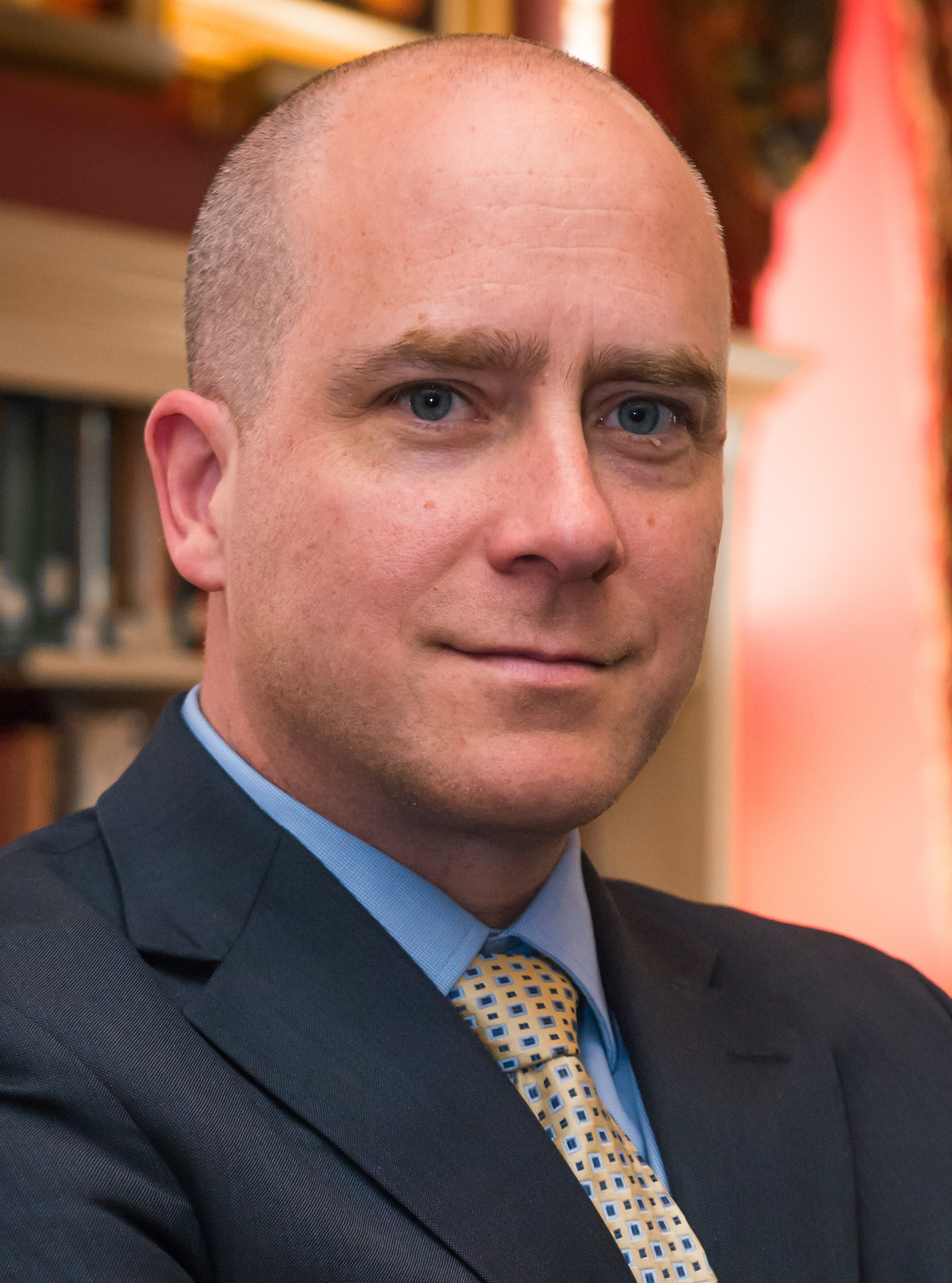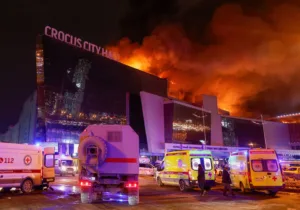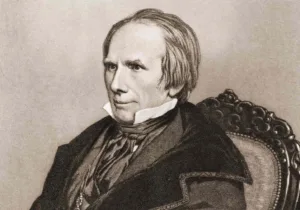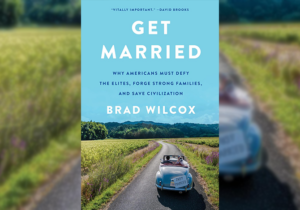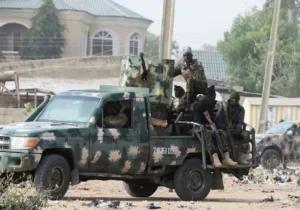On June 4th, British Prime Minister Theresa May gave a statement in Downing Street following the most recent terrorist attack in London. In it she called for four points of change necessary to fight terrorism and overcome the continuing threats against Britain and the Western world as a whole.
These included recognizing the common thread of recent terror attacks as being bound with the ideology of Islamist extremism. As an ideology of hate, it must be understood as eternally incompatible with Western values of freedom, democracy, and human rights. As a perversion of Islam, May understood that Islam, itself, is an ally against it. Men and women of goodwill—whether Muslim, Jew, Christian, or anything else—must come together to turn the minds of Muslim youth away from violence. Second and third, she called for the dismantling of those safe zones terrorists have employed to radicalize our young and plan their terror. Whether online or physical, for too long terrorists have used our freedoms of association and speech against us. Cyberspace has become a combat space, and commonsense regulation can help us take the field. She also noted that tolerance, however tacit, for extremism must end. Means must be taken, within British society, to identify and stamp out those venues engaged in the recruitment, indoctrination, and deployment of extremists. Fourth, she suggested that counter-terrorist strategies—including incarceration practices, and policing methodologies, may need to be revamped. Finally, while she insisted that military action abroad will continue to be necessary—and likely increased—she insisted the fight against radical, violent extremism will never be won by killing bad guys alone. Rather, the production of bad guys must be dismantled at its roots. This will be uncomfortable, politically incorrect, and sometimes marked by error, revision, and trying again.
May’s statement was sober, purposeful, and appropriate. What struck me particularly was her willingness to draw hard lines. British values—Western values—are not compatible with all values, and British-Western values are to be preferred. In the best of times, this will always generate tensions between discreet communities within a pluralist democracy and the society as a whole. Pluralism, we should know by now, does not happen on its own. It requires tricky concessions and negotiations. Certain preferences must be relinquished in favor of greater values. It is particularly tricky when dealing with faith communities—each one believing (as they ought) that their faith has some special grasp of truth. Hazards abound.
Within pluralistic cultures, sectarian communities can thrive without ever themselves embracing pluralism’s values. Pluralism requires that religious tolerance and accommodation extend in more than one direction. Being only recently returned from a trip to Israel, Jerusalem’s Old City leaps to my mind. Though just more than one-third of a square mile, the Old City contains within its walls some of the primary sites of the three great monotheistic faiths, including the Church of the Holy Sepulcher, the Kotel or Western Wall, and the Temple Mount, upon which is the al-Aqsa Mosque and the Dome of the Rock.
The religious custodians of each of the holy sites place certain requirements on those wishing to visit their sites. Mostly behavioral and appearance focused—quiet voices, no photography in certain places or at certain times, modest clothing, heads covered or uncovered, etc.—these requirements seek to maintain decorum, respect, and an environment conducive to worship. The manner in which these requirements are enforced varies and while, to be sure, you can invoke the disproportionate wrath of, say, an overzealous Christian priest by ill-advised flash photography, nowhere are the visitor restrictions more comprehensive or severely enforced than at the Temple Mount, which is controlled by the Islamic Waqf. Indeed, simply to call it the Temple Mount while on location is enough to get you scolded or ejected. Beyond nomenclature and the typical modesty restrictions, however, more serious prohibitions exist for non-Muslims, including bans against entering with any religious artifacts or sacred objects, and against praying. This has led to absurd situations in which visitors are ejected from the site or even detained not just for openly praying but for even mumbling prayers, moving to the rhythm of prayer, kneeling, or showing signs of potentially religious sentiment, including crying.
While the complex politics of worship and prayer in Jerusalem make analogies drawn from there perilous, the point I’m making is that too often it appears, at present—it has not always been the case—that Islam is the religion least willing to tolerate or make basic accommodations for other faiths or points of view—and in the face of the not-infrequent examples of Christian intolerance, this is really saying something. To be sure, regarding the Temple Mount the Waqf can make whatever rules they want—including banning non-Muslim visitors altogether. Moreover, occasional exceptions to the bans have occurred, suggesting the capacity for increased tolerance. And it’s also important to concede that accommodation and tolerance cannot be expected regarding those things believed essential. So, religious pluralism is always going to be tricky business. What one faith deems non-essential might be considered sacrosanct by another. Obviously bona fides—good faith, that commitment to be fair, open, and honest— must prevail.
But London is not Jerusalem, and religious pluralism is the rule, not the exception. When Islamic intolerance extends to Western countries grounded in different religious traditions and contemporary mores, then Western accommodation to Islamic intolerance has the capacity to weaken democratic values. That cannot be tolerated. In his excellent, if troubling, Inside Jihad, former radical Islamist Tawfik Hamid blames the West for acquiescing too often to those voices permitting or demanding the continued non-assimilation of Muslim enclaves within Europe, giving in to politically correct habits of denying any link between violence perpetrated by Muslims and Islam, and remaining culpably ignorant about the true nature of violent Islamist radicalism.
Hamid provides a partial framework to help implement May’s call to defeat radical ideology by more than military means. Believing Islam capable of reform, Hamid lays the groundwork by calling for a theological foundation, within Islam, which emphasizes moral formation, moving the perception of what it means to be a “good Muslim” away from ritual and toward the cultivation of virtue grounded in moral values and positive engagement. This emphasis on moral formation must include parents and secular and religious educators.
Up against this positive engagement is the production process of jihadists. Hamid points to the need to identify those elements within our communities through which proliferate Salafi Islamist ideology. Through indoctrination tactics, ritual practice, and anti-Western propaganda, Muslim young people, shaped by absolutism and the suppression of critical, objective thought, are taught to hate. Because Muslim youths in the West, like all Western youths, are plugged in, May is right to suggest common-sense regulation to disrupt and dismantle online, and physical, communities that serve as conduits for the process of Islamization. This will be a contentious pursuit that poses risks to liberal society and freedoms. And it will result in, as May contended, “often embarrassing conversations.” But such minefields must be crossed.
My recent trip to the Middle East made clear that the Western world is not alone in our desire to overcome religious violence. So May is also correct when she insists “we must come together, we must pull together” and we must unite. Happily, this coming together includes all men and women of good will—Muslim, Jewish, Christian, and all else. This is good news indeed. For all of us, whatever our faith, need friends—whatever their faith—with whom we can confront and be relieved of our common enemies.
—
Marc LiVecche is managing editor of Providence
Photo Credit: Prime Minister Theresa May represented Her Majesty the Queen as the Inspecting Officer at the Sovereign’s Parade held at the Royal Military Academy Sandhurst. By Jay Allen, Crown Copyright.
